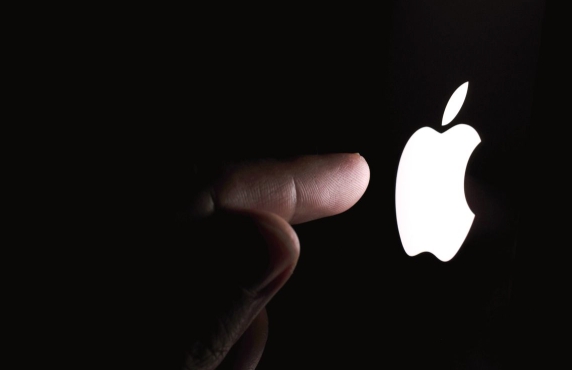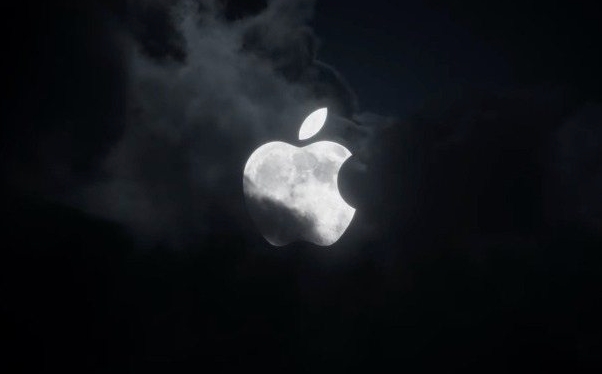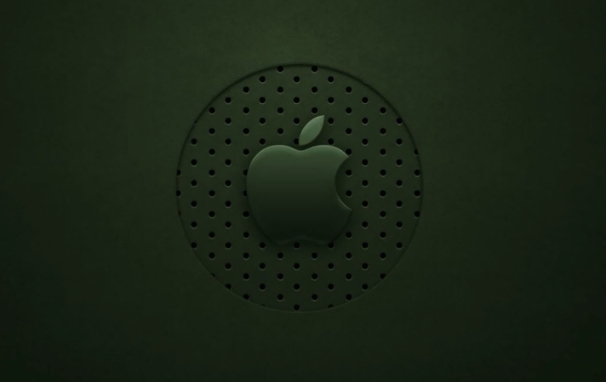macOS installation requires an internet connection
Jul 03, 2025 am 01:00 AMYes, macOS can be installed without internet by using a pre-prepared bootable USB installer. 1. The macOS installer typically connects to Apple’s servers for compatibility checks, security updates, and additional components. 2. Internet is required when using Recovery Mode (Command R) unless a local installer is available. 3. To install without internet, create a bootable USB drive using the macOS installer and Terminal's createinstallmedia command. 4. A USB installer allows offline installation as long as it's compatible with the Mac's hardware. 5. After installation, internet access is still needed for setup assistant tasks, software updates, and reinstalling apps. 6. Tips include preparing the USB in advance, matching macOS versions to hardware, and keeping the drive labeled and safe. While internet is usually necessary, planning ahead enables offline installation.

Yes, macOS installation typically requires an internet connection — but not always for the same reasons. Whether you're setting up a new Mac or reinstalling the OS, here's what you need to know about when and why internet access matters.

Why macOS Installer Needs Internet
The macOS installer connects to Apple’s servers for several important checks and downloads. One of the main reasons is to verify your Mac's model and compatibility with the version of macOS you're installing. It also ensures that the installer has the latest security protections and may download small additional components needed for a successful install.

If you're using the built-in tools like Recovery Mode (Command R at startup), it will try to boot into a minimal system and then connect to the internet to fetch the appropriate installer for your Mac. Without a connection, this method won’t work unless you've prepared a local installer beforehand.
When You Can Install Without Internet
You don't always need internet if you’ve already created a bootable USB installer on another Mac. That USB drive contains everything needed to install macOS locally, including the core system files. As long as the version on the USB is compatible with your hardware, you can install macOS without being online.

To create one, you just:
- Download the macOS installer from the App Store
- Use the
createinstallmediacommand in Terminal - Plug in a USB drive (at least 12GB or more)
Once done, you can install macOS by booting from that USB even with no internet.
What Happens After Installation Without Internet
Even if you successfully install macOS without internet, you’ll eventually need a connection to:
- Complete setup assistant tasks (like creating or signing into an Apple ID)
- Install software updates (some are required for stability and security)
- Reinstall apps from the Mac App Store or other online sources
So while you can get macOS running offline, full functionality and post-install setup usually require getting back online sooner or later.
Tips for Installing macOS Without Internet Access
If you’re planning ahead or helping someone else:
- Always prepare a bootable USB installer in advance
- Match the macOS version to the target machine’s capabilities
- Keep the USB drive in a safe place — label it clearly
- If possible, update the OS version on the installer periodically
If you're stuck without a USB installer and no internet, your options are limited unless you can temporarily borrow a connection — even tethering via phone might be enough to get the installer started.
It’s good to know that while macOS installation often needs internet, there are ways around it if you're prepared. Not having a connection doesn't have to stop you completely — just plan ahead or use the right tools.
The above is the detailed content of macOS installation requires an internet connection. For more information, please follow other related articles on the PHP Chinese website!

Hot AI Tools

Undress AI Tool
Undress images for free

Undresser.AI Undress
AI-powered app for creating realistic nude photos

AI Clothes Remover
Online AI tool for removing clothes from photos.

Clothoff.io
AI clothes remover

Video Face Swap
Swap faces in any video effortlessly with our completely free AI face swap tool!

Hot Article

Hot Tools

Notepad++7.3.1
Easy-to-use and free code editor

SublimeText3 Chinese version
Chinese version, very easy to use

Zend Studio 13.0.1
Powerful PHP integrated development environment

Dreamweaver CS6
Visual web development tools

SublimeText3 Mac version
God-level code editing software (SublimeText3)

Hot Topics
 How to handle high DPI display in C?
Apr 28, 2025 pm 09:57 PM
How to handle high DPI display in C?
Apr 28, 2025 pm 09:57 PM
Handling high DPI display in C can be achieved through the following steps: 1) Understand DPI and scaling, use the operating system API to obtain DPI information and adjust the graphics output; 2) Handle cross-platform compatibility, use cross-platform graphics libraries such as SDL or Qt; 3) Perform performance optimization, improve performance through cache, hardware acceleration, and dynamic adjustment of the details level; 4) Solve common problems, such as blurred text and interface elements are too small, and solve by correctly applying DPI scaling.
 How to uninstall MySQL and clean residual files
Apr 29, 2025 pm 04:03 PM
How to uninstall MySQL and clean residual files
Apr 29, 2025 pm 04:03 PM
To safely and thoroughly uninstall MySQL and clean all residual files, follow the following steps: 1. Stop MySQL service; 2. Uninstall MySQL packages; 3. Clean configuration files and data directories; 4. Verify that the uninstallation is thorough.
 Detailed explanation of the installation steps of MySQL on macOS system
Apr 29, 2025 pm 03:36 PM
Detailed explanation of the installation steps of MySQL on macOS system
Apr 29, 2025 pm 03:36 PM
Installing MySQL on macOS can be achieved through the following steps: 1. Install Homebrew, using the command /bin/bash-c"$(curl-fsSLhttps://raw.githubusercontent.com/Homebrew/install/HEAD/install.sh)". 2. Update Homebrew and use brewupdate. 3. Install MySQL and use brewinstallmysql. 4. Start MySQL service and use brewservicesstartmysql. After installation, you can use mysql-u
 macOS: System Architecture and Core Components
Apr 28, 2025 am 12:05 AM
macOS: System Architecture and Core Components
Apr 28, 2025 am 12:05 AM
The system architecture of macOS includes hardware abstraction layer, XNU core, I/OKit, core services and Aqua user interface. Core components include the startup process, the APFS file system, and SystemIntegrityProtection. Performance optimization and best practices involve hardware configuration, software setup, and development skills.
 macOS and Linux: Compatibility and User Experience
Apr 30, 2025 am 12:05 AM
macOS and Linux: Compatibility and User Experience
Apr 30, 2025 am 12:05 AM
macOS and Linux have their own advantages in compatibility and user experience. macOS has excellent compatibility within the Apple ecosystem, and the user experience is simple and intuitive; Linux has outstanding hardware compatibility and software flexibility. The user experience varies from distribution to distribution, emphasizing personalization and control.
 What are the cross-platform development environments in C?
Apr 28, 2025 pm 09:24 PM
What are the cross-platform development environments in C?
Apr 28, 2025 pm 09:24 PM
Cross-platform development in C is recommended to use VisualStudioCode, CLion and QtCreator. 1. VisualStudioCode is lightweight and flexible, suitable for multi-platform development, but the initial configuration is more complicated. 2. CLion integrates CMake, suitable for cross-platform projects, but licenses are expensive. 3.QtCreator supports cross-platform development, with built-in Qt library, but the learning curve is steep.
 macOS vs. Linux: Exploring the Differences and Similarities
Apr 25, 2025 am 12:03 AM
macOS vs. Linux: Exploring the Differences and Similarities
Apr 25, 2025 am 12:03 AM
macOSandLinuxbothofferuniquestrengths:macOSprovidesauser-friendlyexperiencewithexcellenthardwareintegration,whileLinuxexcelsinflexibilityandcommunitysupport.macOS,developedbyApple,isknownforitssleekinterfaceandecosystemintegration,whereasLinux,beingo
 The difference between programming in Java and other languages ??Analysis of the advantages of cross-platform features of Java
May 20, 2025 pm 08:21 PM
The difference between programming in Java and other languages ??Analysis of the advantages of cross-platform features of Java
May 20, 2025 pm 08:21 PM
The main difference between Java and other programming languages ??is its cross-platform feature of "writing at once, running everywhere". 1. The syntax of Java is close to C, but it removes pointer operations that are prone to errors, making it suitable for large enterprise applications. 2. Compared with Python, Java has more advantages in performance and large-scale data processing. The cross-platform advantage of Java stems from the Java virtual machine (JVM), which can run the same bytecode on different platforms, simplifying development and deployment, but be careful to avoid using platform-specific APIs to maintain cross-platformity.






